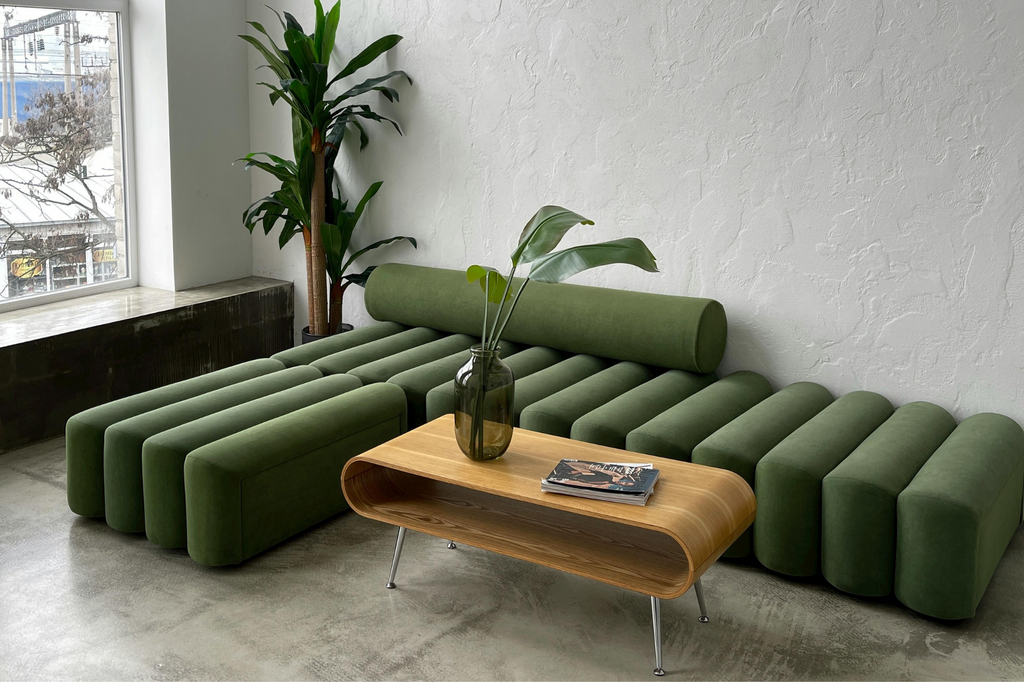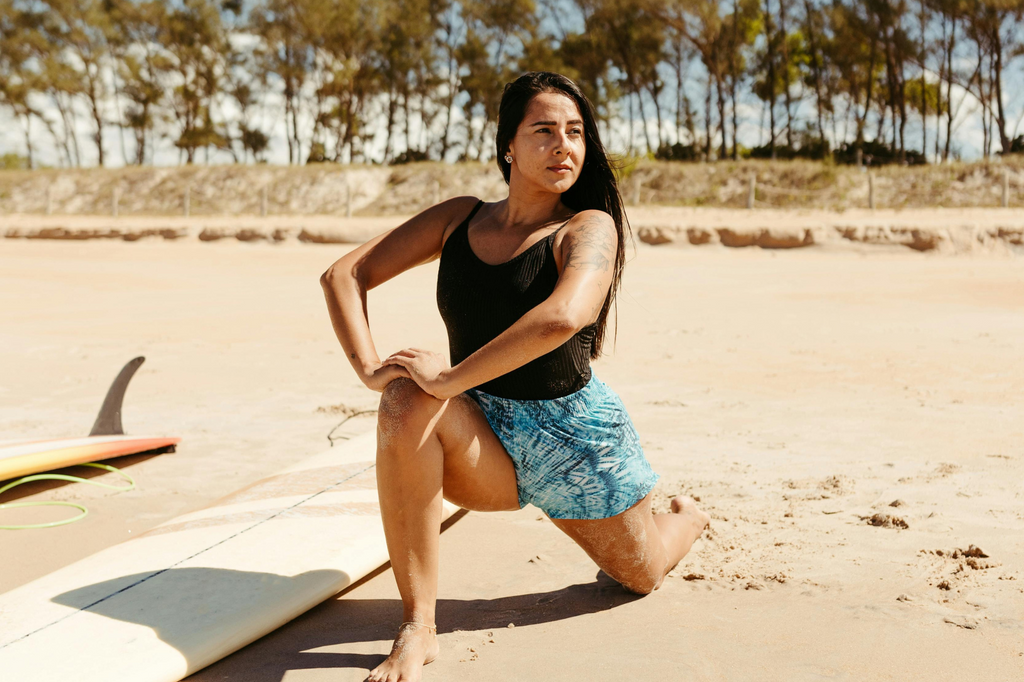Environmental consciousness has made its way to the forefront of global discussions, which has led to the increasingly important focus on sustainable goods and everyday products. One innovative and promising avenue in the pursuit of eco-friendly products is the use of algae. Algae, often associated with aquatic environments, is emerging as a powerful ally in creating biodegradable sporting and home goods. This article explores the fascinating journey of algae from ponds to products, highlighting its role in promoting green living.
Non-biodegradable Plastics: A Growing Problem
Traditional plastics, derived from fossil fuels, have long been a concern due to their non-biodegradable nature. As these plastics accumulate in landfills and oceans, they contribute significantly to environmental pollution and pose a threat to wildlife and, consequently, human health. The quest for eco-friendly alternatives has led scientists to explore various materials as sustainable substitutes.
Algae-Based Biodegradable Materials: A Green Innovation Journey
The inception of algae-based biodegradable materials as a sustainable alternative traces back to the growing awareness of the environmental impacts of traditional plastics. As the world grappled with the consequences of plastic pollution, scientists and researchers sought innovative solutions to mitigate the ecological footprint associated with plastic production and disposal.

Why Algae?
Algae's selection as a primary candidate for biodegradable materials stems from its unique biological characteristics. Algae is a broad term encompassing a diverse group of photosynthetic organisms ranging from microalgae to macroalgae (seaweeds). It has long been recognized for its rapid growth rate and ability to thrive in diverse environments.
Algae has captivated scientists and researchers for its exceptional ability to convert sunlight into energy through photosynthesis. These qualities make algae an abundant and highly renewable resource, making it an ideal candidate for sustainable material production.
Unlike traditional crops used for bio-based materials, such as corn or sugarcane, algae doesn't compete with food production and doesn't require arable land. Algae can flourish in non-arable areas, including ponds, lakes, and even wastewater treatment facilities. This versatility reduces the strain on agricultural resources, making algae an environmentally friendly choice for biodegradable material production.
Algae Material Research + Development
The journey from algae to biodegradable materials involved extensive research and development efforts. Scientists explored various species of algae, investigating their growth patterns, biochemical composition, and suitability for large-scale cultivation. Microalgae, with its high lipid content and ability to synthesize polymers, emerged as a promising candidate for bioplastic production.
Researchers developed innovative techniques to extract lipids and other valuable components from algae, which were then used as building blocks for biodegradable materials. The resulting algae-based bioplastics exhibited properties comparable to traditional plastics but with the crucial advantage of being biodegradable. Impressively, algae can be used in the manufacturing of various everyday products, including popular home and sporting goods.
Beyond Algae-based Bioplastics
Beyond the production of biodegradable materials, the use of algae plays a crucial role in reducing the environmental impact associated with various plastic-dependent industries. The integration of algae in the creation of biodegradable products aligns with a broader commitment to sustainable practices, offering a comprehensive approach to minimizing ecological footprints.
Algae's ability to sequester carbon dioxide during photosynthesis contributes to climate change mitigation. Industries that cultivate algae on a large scale can harness this natural process to offset carbon emissions.
Algae-based biodegradable products thus become a part of a broader strategy to combat climate change by actively removing carbon dioxide from the atmosphere. This dual role of algae in both product development and climate mitigation exemplifies its multifaceted contribution to sustainable living.

Healthy Home Goods Revolution on the Rise
Plastic is everywhere ~ and it is especially prevalent in the the home. From cookware to furniture, algae-based biodegradable materials will soon be revolutionizing the home goods industry. Algae-based bioplastics offer a viable alternative to traditional plastics, ensuring that your everyday home furnishings and decor are not only functional but also environmentally responsible, and naturally beautiful. Imagine a kitchen stocked with utensils that, when disposed of, return to nature harmlessly, reducing the burden on landfills.

Non-toxic Sporting Goods for a Sustainable Lifestyle
The sporting goods industry is presently saturated with plastic product manufacturing and is not exempt from the shift towards sustainability. Algae-based materials are being incorporated into the production of sports equipment, such as shoes, apparel, and accessories. Athletes and outdoor enthusiasts can now enjoy high-performance gear that aligns with their values, knowing that their yoga gear, such as yoga mats and foam rollers, will break down naturally over time.
Do Algae-based Materials Have a Future?
The success of algae-based biodegradable materials is intricately tied to the growing awareness and concern among consumers regarding environmental issues. As individuals increasingly seek sustainable lifestyle choices, the demand for products that align with eco-friendly values has surged. This shift in consumer behavior has played a pivotal role in driving industries toward adopting algae-based alternatives and encouraging further research and innovation.
However, while the use of algae in creating biodegradable products shows immense promise, challenges remain. Researchers are working to optimize production processes and improve material properties. Additionally, widespread adoption and acceptance of these eco-friendly alternatives are crucial for their success.

The integration of algae-based biodegradable materials into home and sporting goods represents a pivotal step towards greener living. By choosing products derived from algae, consumers can actively move away from petrochemical poisoning and pollution, and contribute towards a healthier planet and a harmonious relationship between human activities and the environment.
The ongoing commitment to research and development ensures that algae will remain a key player in the quest for eco-friendly alternatives. It can significantly contribute to a circular economy where products can return to nature without leaving a lasting impact. As such, algae-based biodegradable materials are poised to play an even more significant role in shaping a greener, more sustainable future.
To learn more about how you can reduce plastic in your yoga practice, your zen den or your home gym, review this related article.
Our guest contributor Edrian Blasquino is a college instructor turned wordsmith, with a passion for both teaching and writing. With years of experience in higher education, he brings a unique perspective to his writing, crafting engaging and informative content on a variety of healthy living topics.
























